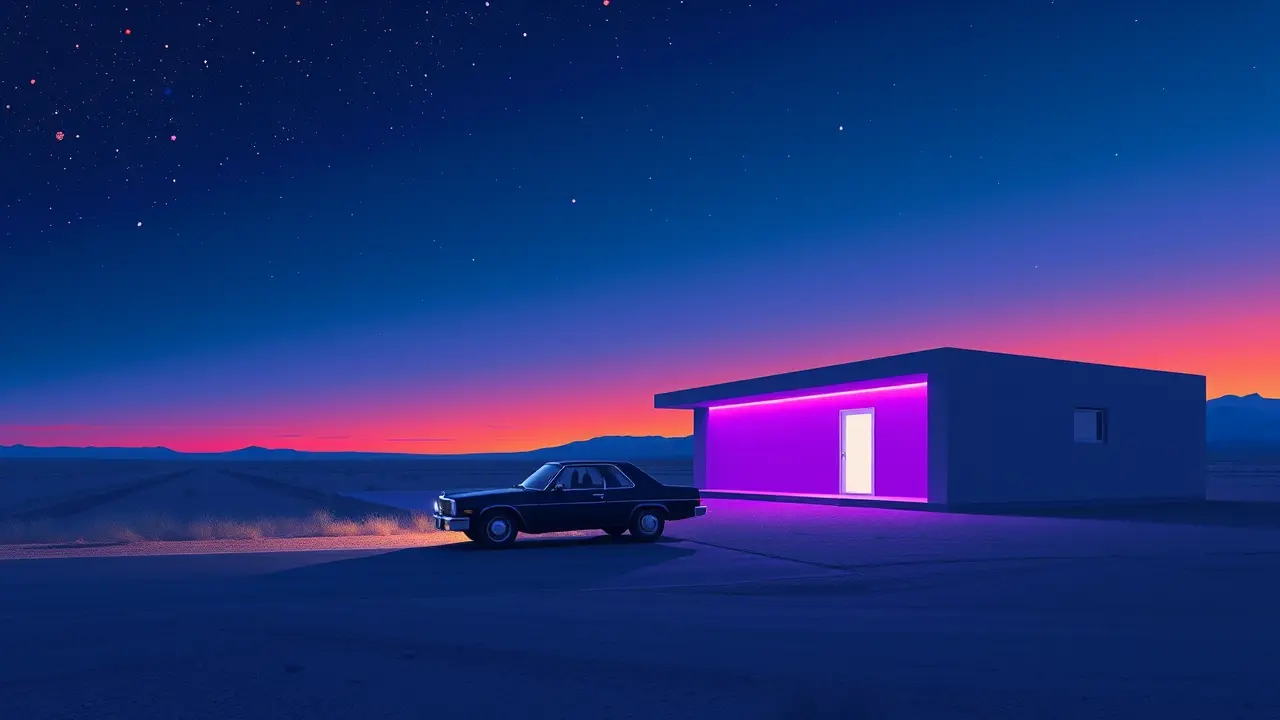Kenny Schachter's Marfa Diary on Judd and Community
So there I was, deep in the heart of Texas, in the surreal, sun-baked art oasis of Marfa, a place that feels less like a town and more like a sprawling, open-air installation where the line between Donald Judd’s minimalist legacy and the stark Chihuahuan Desert blurs into one continuous experience. My journey, ostensibly to immerse myself in the community and the iconic Judd Foundation holdings—those impeccably arranged aluminum boxes in the artillery sheds, the serene concrete works at the Chinati Foundation—was almost immediately hijacked by a more immediate, terrestrial concern: car trouble.It’s the kind of classic, human-scale drama that seems almost staged in a landscape so deliberately curated, a reminder that even amidst high art, the universe has a wicked sense of humor and a fondness for testing one’s resolve on the dusty shoulder of a highway. This is, after all, only part one of the saga, a prologue of sorts that sets the stage for a deeper exploration of what it means to engage with a place that is simultaneously a pilgrimage site for art purists and a living, breathing, occasionally cantankerous West Texas community.The struggle to stay out of trouble, it turns out, is a central theme here, whether you're contemplating the profound silence of a Judd rectangle or trying to figure out why your engine is making that specific, concerning rattling noise just as the sun begins its spectacular descent, painting the sky in hues that no artist could ever truly capture. Marfa demands a certain surrender, a willingness to accept that your meticulously planned itinerary might be upended by a chance encounter with a local rancher, a philosophical debate with a gallery owner over the true meaning of permanence in art, or, yes, a mechanical failure that forces you to slow down and actually look at the landscape you’ve traveled so far to see.It’s in these unscripted moments, these friction points between ambition and reality, that the real character of Marfa reveals itself, far beyond the Instagram-famous Prada Marfa installation or the revered galleries. The community here is a unique alloy of artists, cowboys, curators, and dreamers, all coexisting in a delicate, sometimes tense, balance, and to understand Judd’s enduring impact, you have to understand this ecosystem he both retreated to and helped transform.His vision wasn’t just about placing objects in a space; it was about creating a total environment, a dialogue between art, architecture, and land, a principle that extends, in its own chaotic way, to the daily lives of those who call this place home. So, as I waited for a tow truck, watching the stars emerge with a clarity impossible in any city, the irony wasn't lost on me: this minor catastrophe, this risk taken on the side of the road, was perhaps the most authentic introduction to Marfa I could have asked for, a baptism of dust and inconvenience that perfectly set the stage for the deeper dives into Judd’s rigid philosophies and the town’s wonderfully fluid human spirit to come.
It’s quiet here...Start the conversation by leaving the first comment.
© 2025 Outpoll Service LTD. All rights reserved.
